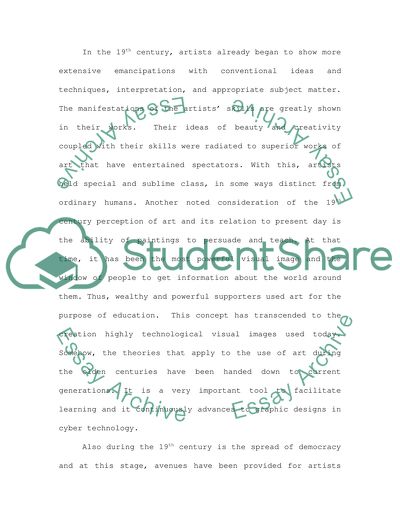Cite this document
(“Evolution of the 19th Century European Paintings Term Paper”, n.d.)
Evolution of the 19th Century European Paintings Term Paper. Retrieved from https://studentshare.org/architecture/1501809-evolution-of-the-19th-century-european-paintings
Evolution of the 19th Century European Paintings Term Paper. Retrieved from https://studentshare.org/architecture/1501809-evolution-of-the-19th-century-european-paintings
(Evolution of the 19th Century European Paintings Term Paper)
Evolution of the 19th Century European Paintings Term Paper. https://studentshare.org/architecture/1501809-evolution-of-the-19th-century-european-paintings.
Evolution of the 19th Century European Paintings Term Paper. https://studentshare.org/architecture/1501809-evolution-of-the-19th-century-european-paintings.
“Evolution of the 19th Century European Paintings Term Paper”, n.d. https://studentshare.org/architecture/1501809-evolution-of-the-19th-century-european-paintings.


